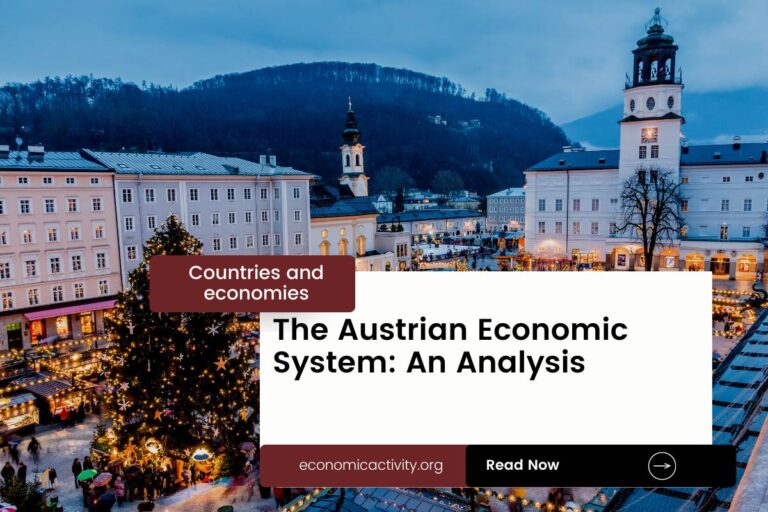Philippines Total CO2 emissions by source
How much do coal, oil, gas, cement and flaring contribute to CO2 emissions in Philippines?
In 2022, the Philippines recorded a total of 144,263,875 metric tons of carbon dioxide emissions. The primary sources of these emissions were coal, accounting for 74,912,241 metric tons, and oil, with 50,923,127 metric tons.
Gas contributed 6,591,067 metric tons, while cement and flaring made smaller contributions of 11,674,557 metric tons and 162,883 metric tons, respectively.
These figures highlight the significant role of coal and oil in the country’s economy and their correlation with CO2 emissions.
What fraction of world fossil co2 emissions does Philippines accounts?
The Philippines is the 35th largest emitter of CO2 in the world. It represents 0.389% of global CO2 emissions.
CO2 emissions from Coal
In the Philippines, carbon usage resulted in the production of 74,912,241 tons of CO2, accounting for 51.93% of the total CO2 emissions.
CO2 emissions from coal in Philippines
In the Philippines, gas usage resulted in the production of 6,591,067 tons of CO2, accounting for 4.57% of the total CO2 emissions.
CO2 emissions from cement in Philippines
In the Philippines, cement usage resulted in the production of 11,674,557 tons of CO2, accounting for 2.28% of the total CO2 emissions.
CO2 emissions from flaring in Philippines
In the Philippines, the utilization of flaring contributed to the production of 162,883 tons of CO2, representing approximately 1.29% of the total CO2 emissions.
CO2 emissions from oil in Philippines
In the Philippines, oil usage resulted in the production of 50,923,127 tons of CO2, accounting for 35.30% of the total CO2 emissions.
Sources:





Leave a Reply